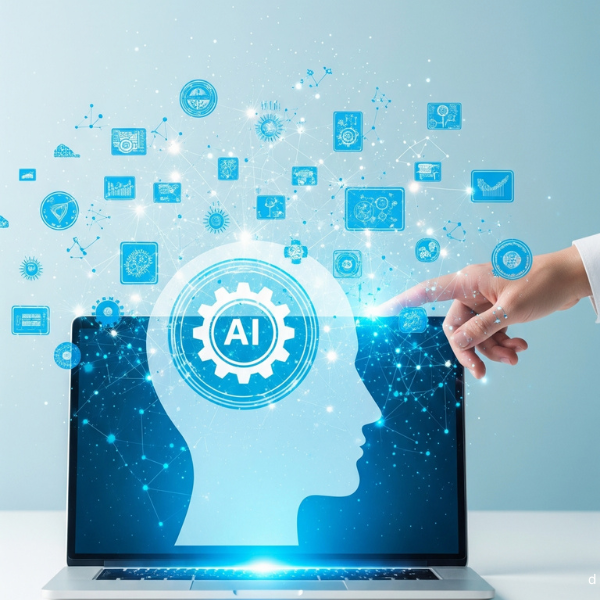With AgentKit, OpenAI makes it easier than ever to create AI agents: build visually, test and integrate directly. For tourism businesses, this means faster chatbots, automated services and secure data connection – a real game changer for digital guest communication.
At its annual developer conference on October 6, 2025, OpenAI presented a new collection of tools designed to make building, testing and integrating AI agents easier and more efficient than ever before: AgentKit. This can be a real innovation, especially for companies in tourism that are increasingly relying on automation, for example in customer service or internal processes.
What is AgentKit?
AgentKit is a modular toolbox that developers can use to visually assemble and evaluate interactive AI agents and integrate them directly into their own products. Until now, creating such agents was often a confusing puzzle of different tools, code modules and lengthy test phases. AgentKit now promises to drastically reduce this complexity.
Visual building with the “Agent Builder”
At the heart of AgentKit is the Agent Builder. This is a kind of visual modular system (similar to N8N) that is reminiscent of a flowchart. Complex agent workflows can be modeled, tested and versioned using simple drag-and-drop elements. Companies such as Klarna and LY Corporation report that they have been able to create agents in just a few hours, where previously it would have taken weeks or even months.
For tourism providers who want to use chatbots for travel advice or customer inquiries, for example, this opens up a whole new level of speed in development.

Central data management thanks to “Connector Registry”
Data sources such as Google Drive, Dropbox or Microsoft Teams can be managed centrally via the Connector Registry. This is a practical feature for larger companies with several teams or international locations: it ensures that all agents have access to the same, correctly connected data sources.
Secure agents with “Guardrails”
Security plays a key role in customer contact in particular – whether it’s handling personal data or preventing misconduct by AI. With Guardrails, developers can activate protection mechanisms that detect problematic input and automatically anonymize personal data, for example.
ChatKit: chatbots with an experience factor
Many tourism companies rely on chatbots – whether for travel bookings, recommendations or support. With ChatKit, such chat-based agents can now be integrated even more easily into websites or apps and customized. The AI can even show its response, i.e. make it transparent how it arrives at an answer – which creates trust.
Performance checks with evals
A highlight for all those who not only want to develop their agents, but also improve them: OpenAI is expanding its Evals evaluation tool. It can now be used to import your own data sets, automatically evaluate workflows, analyze incorrect responses and optimize them in a targeted manner, even with third-party models.
Fine-tuning for special tasks
Reinforcement fine-tuning (RFT) is particularly exciting for more complex use cases. Here you can teach the AI model when it should use which tools. This is ideal, for example, for agents that compare travel offers from different sources or respond individually to customer requests.
AgentKit is currently available in a beta test version via API.


No responses yet